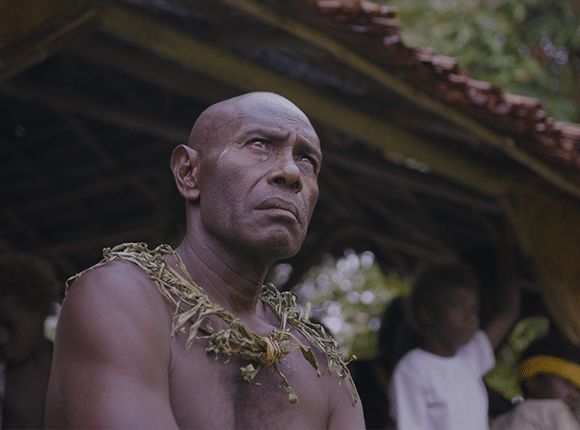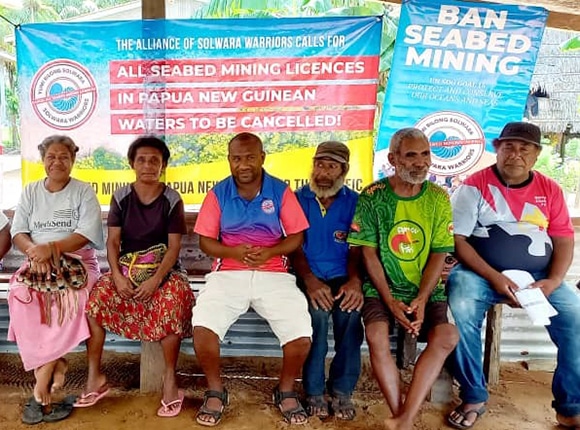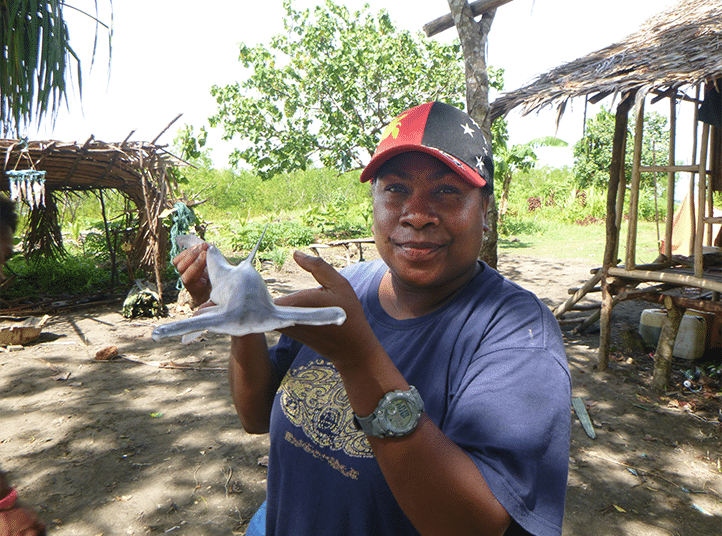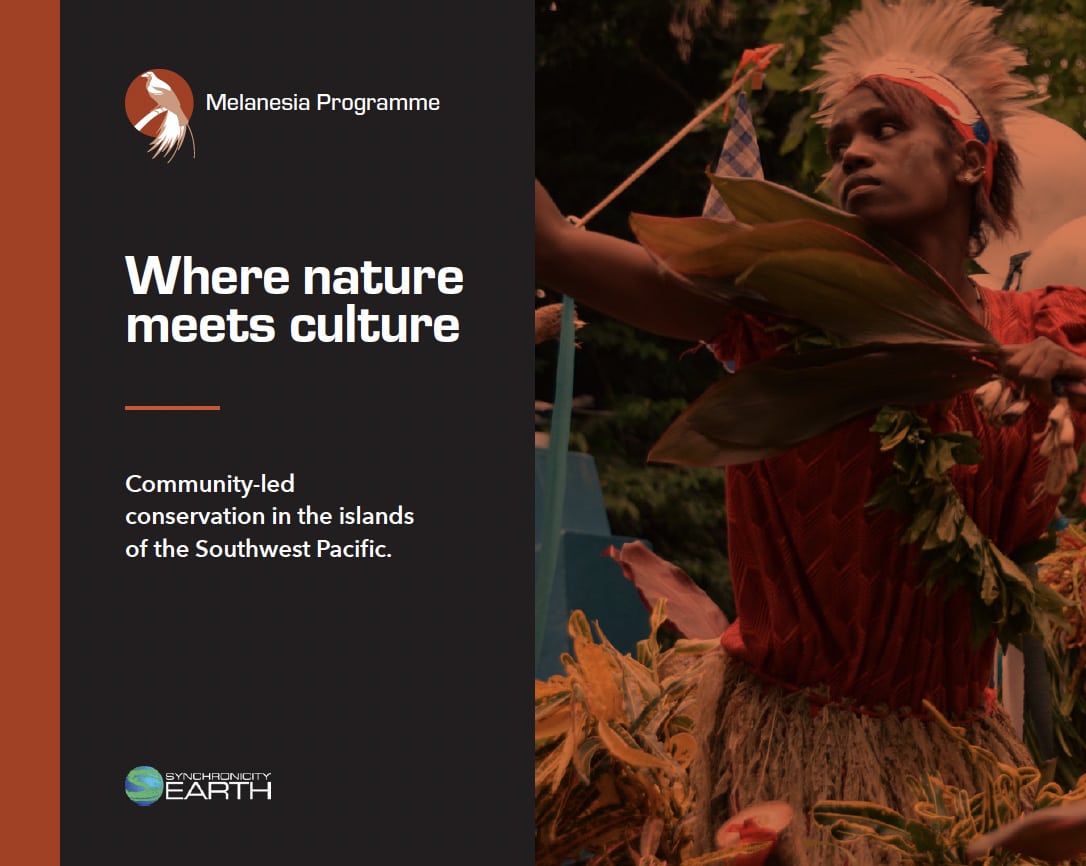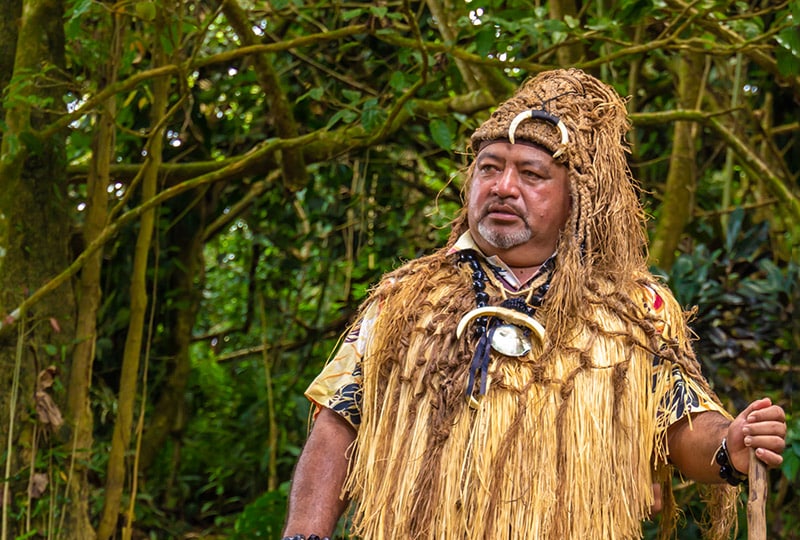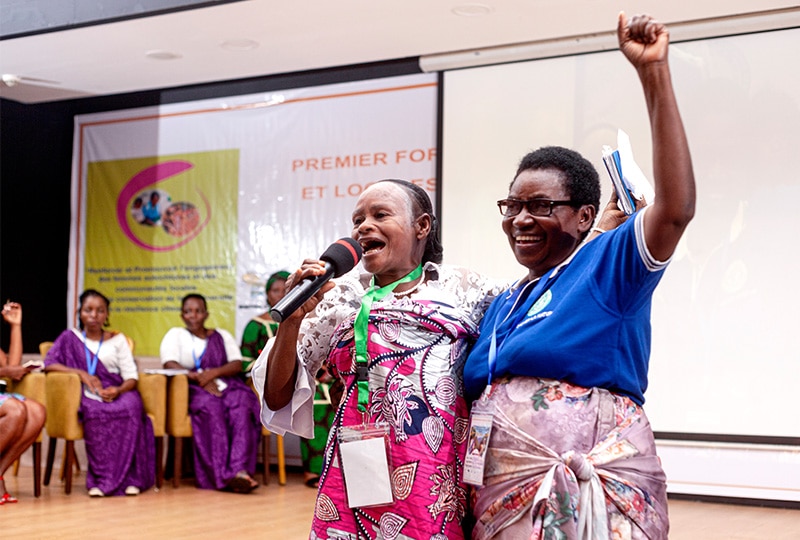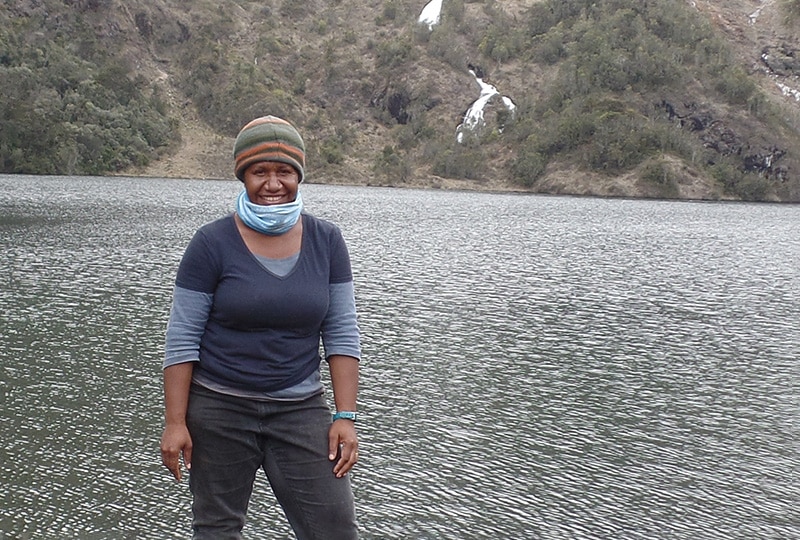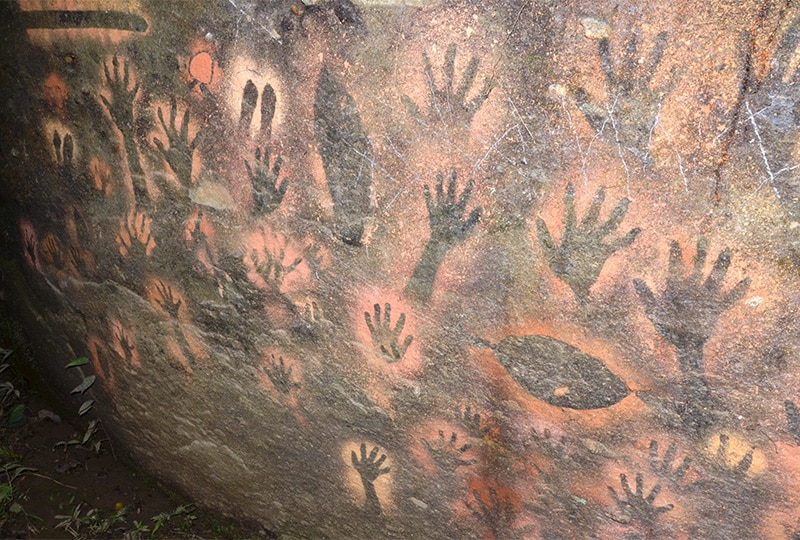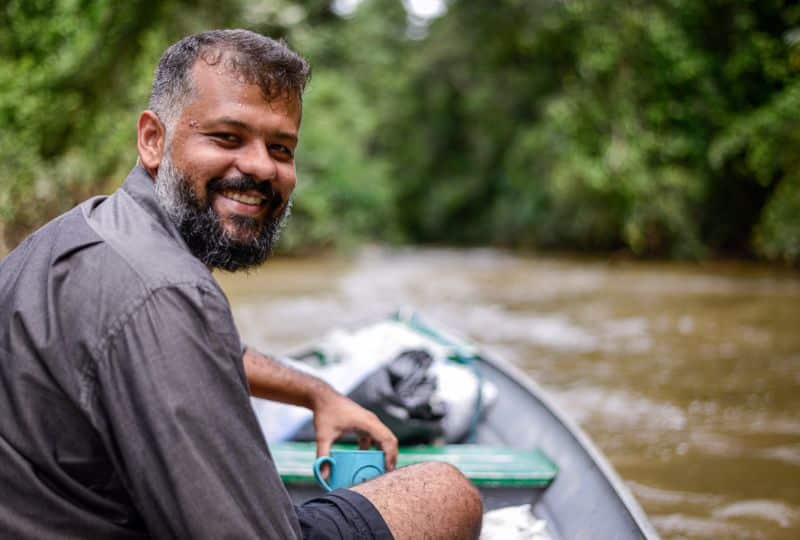Communities conserving islands of unique nature and cultures
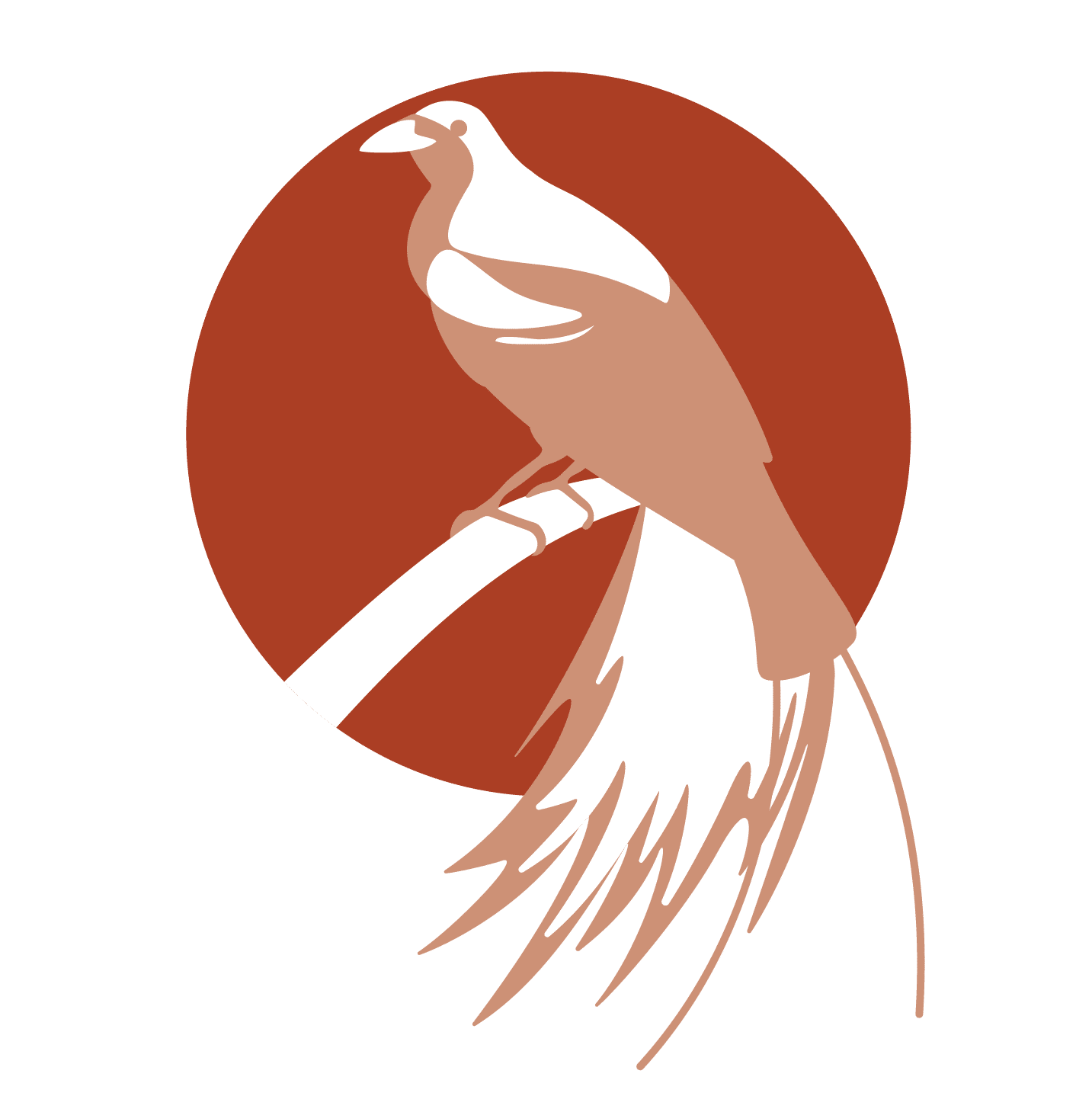
The islands of Melanesia, from New Guinea stretching across thousands of islands into the south-western Pacific, are a unique and extraordinary global hotspot for both biological and cultural diversity. It is the oldest inhabited region in the Pacific, with more than 1,300 recorded languages, holds one of the world’s largest remaining rainforests in Papua New Guinea, and sits within the ocean’s richest coral reef zone (the coral triangle).
“Papua New Guinea has the highest diversity of languages in the world, but it is not just the languages themselves that are diverse and precious, it is also the knowledge of the environment contained within them. When these languages are at risk of dying out – as many are – we risk losing all the very specific environmental knowledge they contain.”
Miriam Supuma, Melanesia Programme Manager
Our Programme
The lifeways of Melanesian peoples are interwoven with their lands and waters, and their decisions come from collective knowledge passed down through their languages, cultural traditions, economies, and stories.
But although Pacific Island states (including but not limited to Melanesia) only contribute 0.03% of the world’s total carbon emissions, they are witnessing some of the most devastating impacts of climate change, with extreme weather events, sea level rise, ocean acidification, and biodiversity loss. Extractive industries such as logging, land mining, and deep-sea mining compound these impacts, which not only intensify the climate crisis but also directly impact the natural environment.
Amplifying the Melanesian Way
To support the conservation of these islands’ nature and cultures, our Melanesia Programme will amplify the Melanesian Way to protect species, ecosystems, and lifeways, working with partners such as:
* Images (L to R): John Aini by Ailan Awareness and the Lovongai community, courtesy of the Peoples Planet Project; Jonathan Mesulam by Alliance of Solwara Warriors; Yolarnie Amepou by Piku Biodiversity Network
The ‘Melanesian Way’ is a principle first written about by Papuan scholar Bernard Mullu Narokobi during the late 1970s and early 1980s.
Amplifying the Melanesian Way in the context of conservation means working closely with communities who have land tenure rights over their environment and an Indigenous governance system in place which determines how decisions are made about the land and sea.
For instance, in Papua New Guinea, land cannot be sold and 80% of the land is owned by Indigenous Peoples. So the majority of land is communally owned by clans and decisions about letting someone in to garden on the land or fish in the waters is a communal decision by the clan.
Our model of conservation aims to honour and uphold that collective decision-making process, and support communities to strengthen and reinforce their tenure where negligence and ‘loopholes’ can threaten their right to make decisions about their land. The word ‘conservation’ has a much broader meaning here: we are talking about conservation of the wellbeing of the community as well as the biodiversity, as these people depend on these lands and waters.
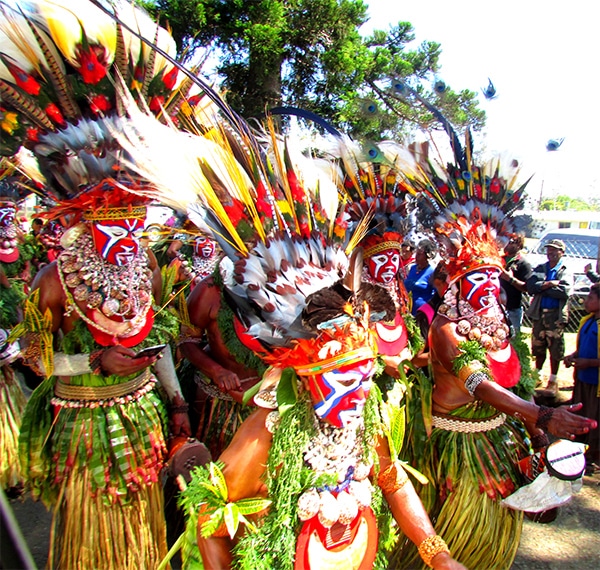
Mt Hagen Cultural show 2014_Photo credit Miriam Supuma copy
The Mt Hagen Cultural Show in Papua New Guinea © Miriam Supuma
While every region and community is different, we believe that supporting communities to conserve these commonly held principles and cultural practices will in turn lead to positive impacts for the region’s unique biodiversity.
There is also great potential here to amplify this approach beyond our current network of partners in Melanesia by helping platform our partners at regional and global forums and connecting them with opportunities to collaborate with other organisations. This could lead to the knowledge systems within the Melanesian Way being combined with scientific knowledge and approaches by Indigenous conservationists.
Strengthening the Melanesian environment sector
Local relationships and expertise are key to effective conservation, but lack of adequate funding, low retention of skilled employees, and weak environmental governance are challenges facing many of the smaller, local and community-led organisations trying to protect Melanesia’s lands and waters. Coordinated by our Melanesia Programme Manager based in Papua New Guinea, we will also support initiatives that help recognise and build the skills needed to carry out the work of protecting biodiversity.

Yolarnie Amepou
Yolarnie Amepou © Piku Biodiversity Network
Species spotlight: Pig-nosed turtle
This distinctive freshwater turtle is the only species remaining in its family, which has been around for around 140 million years. As well as its characteristic snout, it has other interesting features such as flippers that resemble those of a sea turtle more than a freshwater turtle, and a soft, leathery shell.
It is threatened by hunting for food and the pet trade, as well as habitat loss and degradation due to livestock farming and agriculture, and is categorised as Endangered by the IUCN Red List. It is a key species our partner, the Piku Biodiversity Network, focuses on, so-called after the turtle’s local name piku.
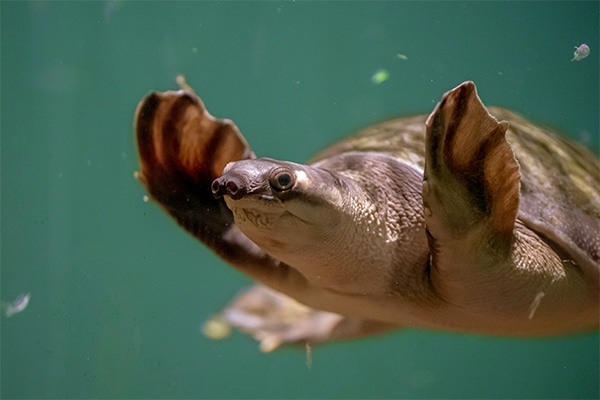
Pig-nosed turtle 2 by Jin Kemoole Flickr CC BY 2.0 (1) copy
Jin Kemoole Flickr CC BY 2.0
Join the wave of support for Melanesia
Melanesia is widely recognised as a critical hotspot for unique biodiversity, but there is a lack of support for locally led groups, and environmental funding tends to focus on projects and short annual cycles. Funders have a big opportunity to help local organisations develop and grow their impact in this region by joining the pooled fund for our Melanesia Programme, which will be directed by our in-country programme manager, Miriam Supuma.

